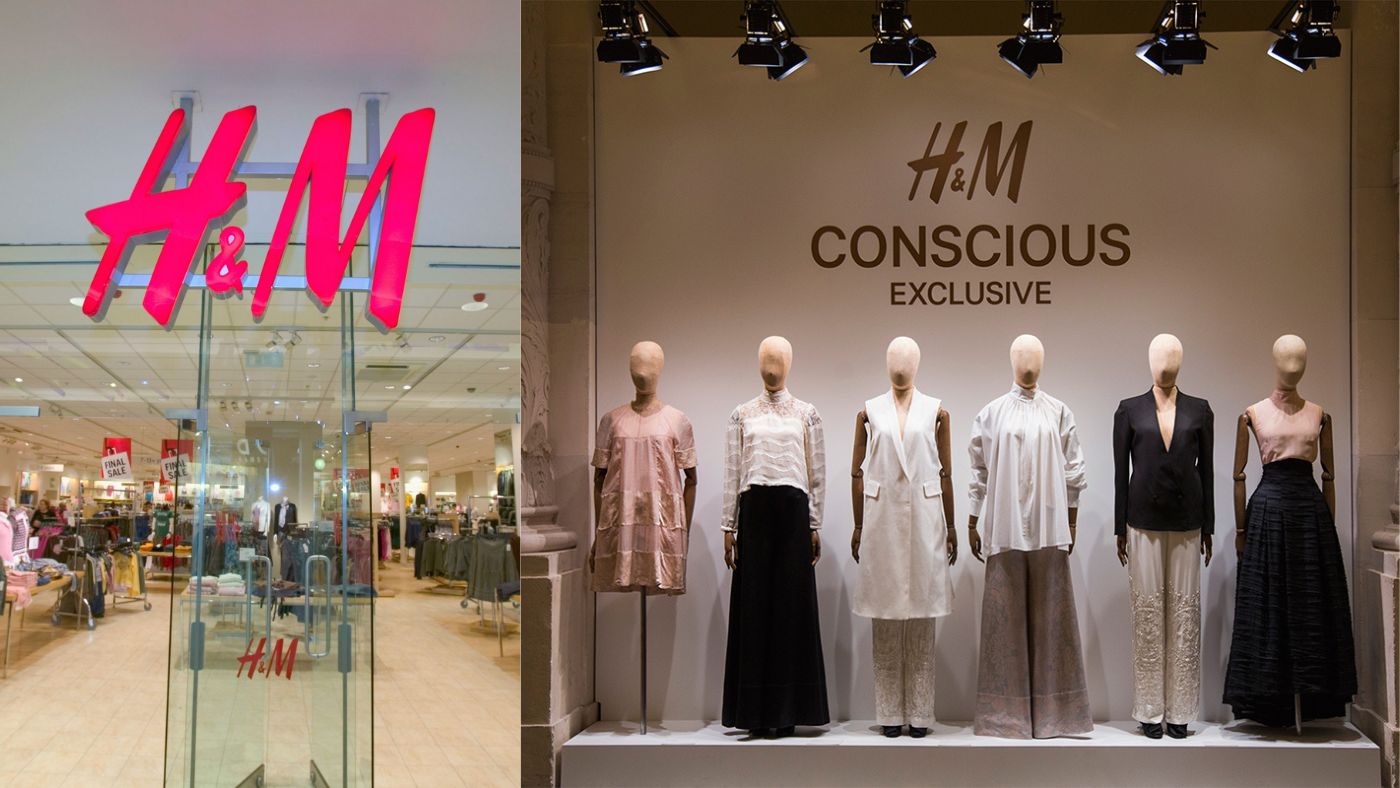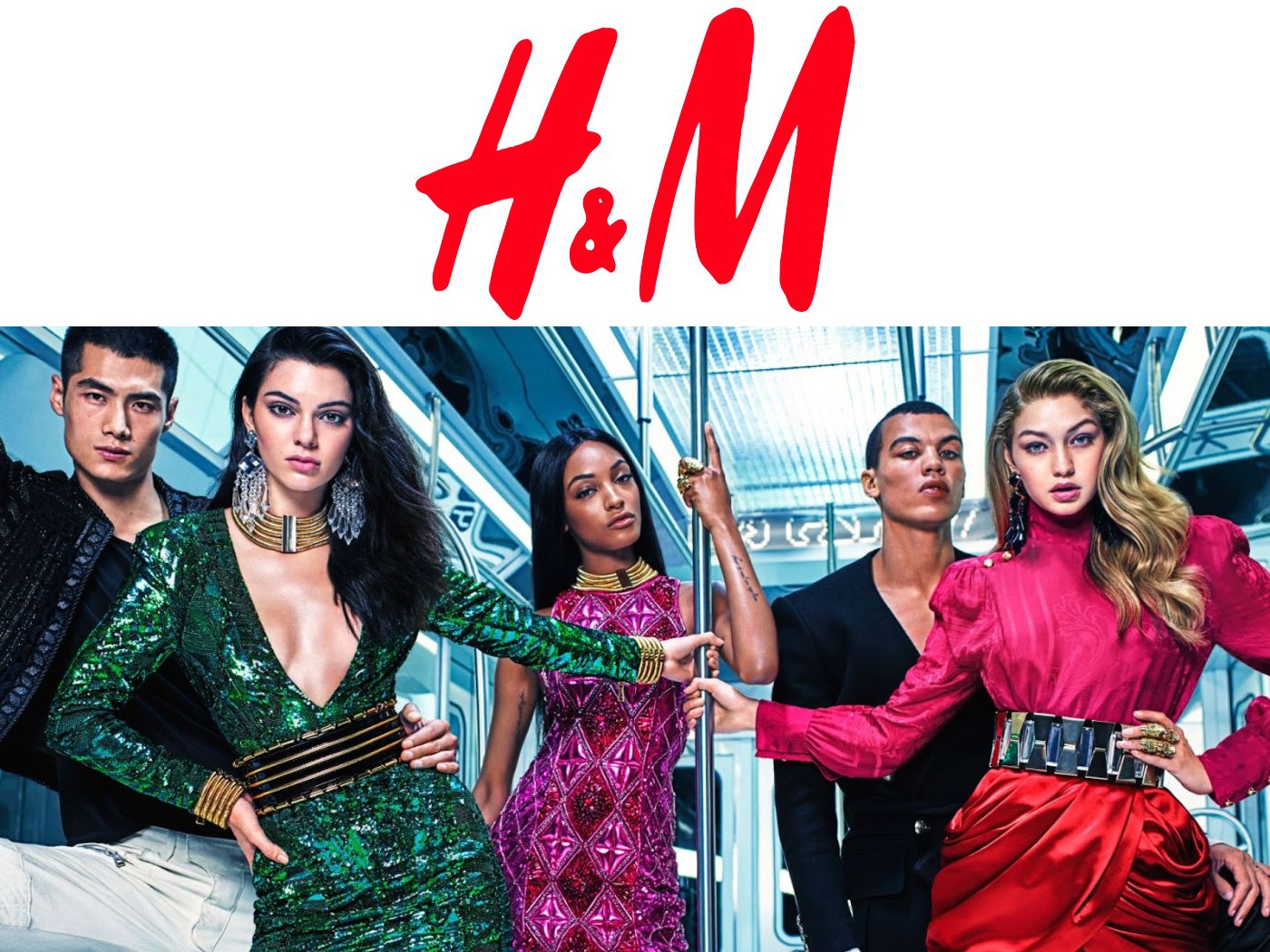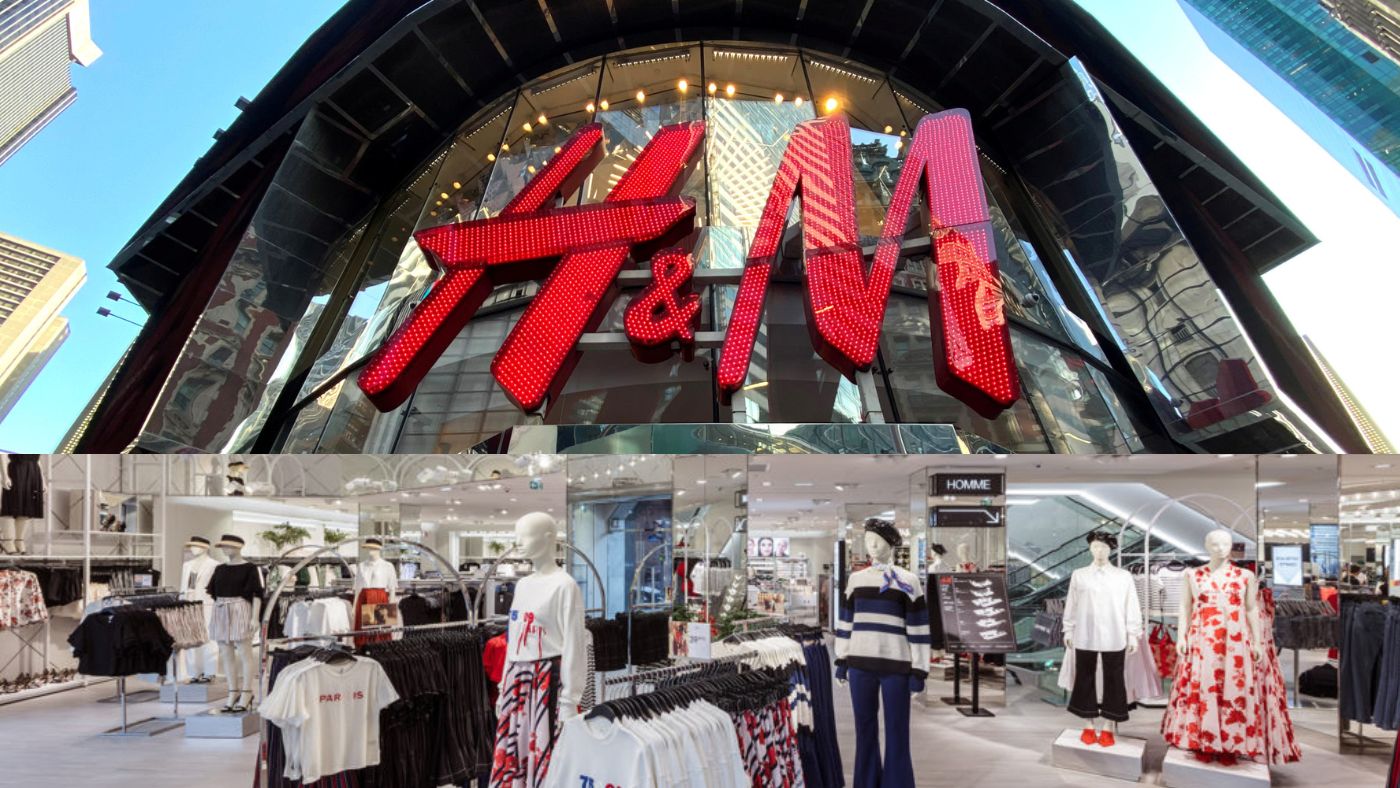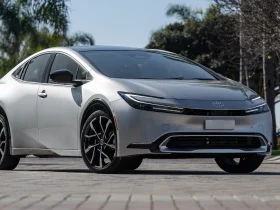The Swedish clothing retailer H&M’s tech department is moving beyond agile methodologies to a more modified hybrid structure incorporating both product teams and platform thinking. CDIO Ellen Svanström explains how this new model will better align the tech department with the business.
Just over a year ago, H&M’s IT department faced significant reductions due to cost restrictions. Initially, there was talk of reducing staff from 3,500 to 1,500, but the cuts were not as severe as expected, according to Svanström.
“The cost efficiency program impacted both employees and consultants,” she says. “We had to make cuts.”
However, the focus has now shifted towards integrating technology with business processes using an innovative model, requiring extensive work, focus, and strength.
“We’ve integrated tech into our business according to an exciting model, and this requires a lot of work, focus, and strength,” she adds. “Right now we’re on a very invigorating development curve.”
Initially, H&M operated a traditional IT organization until 2019, after which it adopted agile methodologies. This involved both business and tech development occurring within agile teams. However, the approach soon proved too complex and large-scale, says Svanström.

“It turned out to be more difficult to handle than was intended because the tech wasn’t quite as agile as the organizational structure,” she explains. “So then we entered the next phase, which is what we’re in now.”
To address these issues, H&M adopted a hybrid model with agile product teams structured around larger platforms. The business capabilities were mapped and value streams created, forming a matrix from the business and the tech center, each with different competence and delivery structures.
“You have the vertical in the form of value streams that come from the business, and then you have the horizontal, where we have our IT and tech deliveries,” says Svanström. “In this way, we really get the digital agenda shared between business and tech.”
This structure supports platform deliverables revolving around the company’s business system, online and store platforms, and is organized into platform teams, as well as data and AI teams.
“We’re still just at the start of a journey to get this together, but we’re already seeing clear results,” she says. “This is my first priority and although it’s been challenging, I feel the commitment and motivation where everyone is starting to feel and see the benefits.”

Omnichannel development is another priority under the new organization. By introducing digital tools in stores, both for customers and staff, the shopping experience is expected to improve significantly. H&M has developed an effective digital concept used in two stores – one in Soho, New York, and another in Chelsea, London.
These features allow staff to serve customers more easily, find products in nearby stores or online, and provide better recommendations. This approach also reduces the need for excessive in-store stock.
“We’re very proud of this ‘digiphysical’ approach, and it’s a way for us to differentiate ourselves,” Svanström says.
As e-commerce moves toward ultra-fast fashion, driven by Chinese retailer Shein, H&M focuses on providing a holistic customer experience rather than single garments.
This approach emphasizes a balanced combination of fashion, quality, price, and sustainability, aiming to reduce overproduction and achieve the goal of halving its carbon footprint by 2030.
H&M has been using AI to optimize product flows since 2018. “We’ve developed much of it ourselves and two years ago, we invested in becoming more modular and being able to scale more,” Svanström says. This approach reduces dependency on self-development and allows the purchase of market products.
Effective use of AI requires connected products with as many attributes as possible. When a product is digitized, it can be tracked along the entire value chain, providing real-time data crucial for new digital in-store opportunities.







Leave a Reply